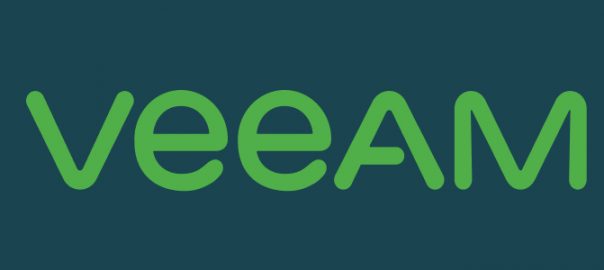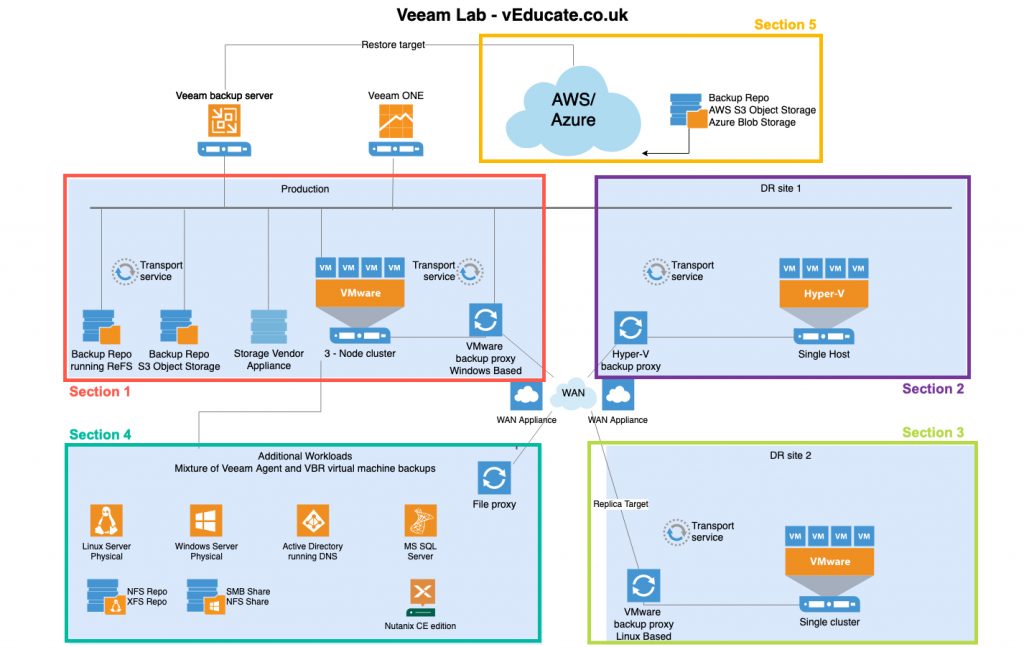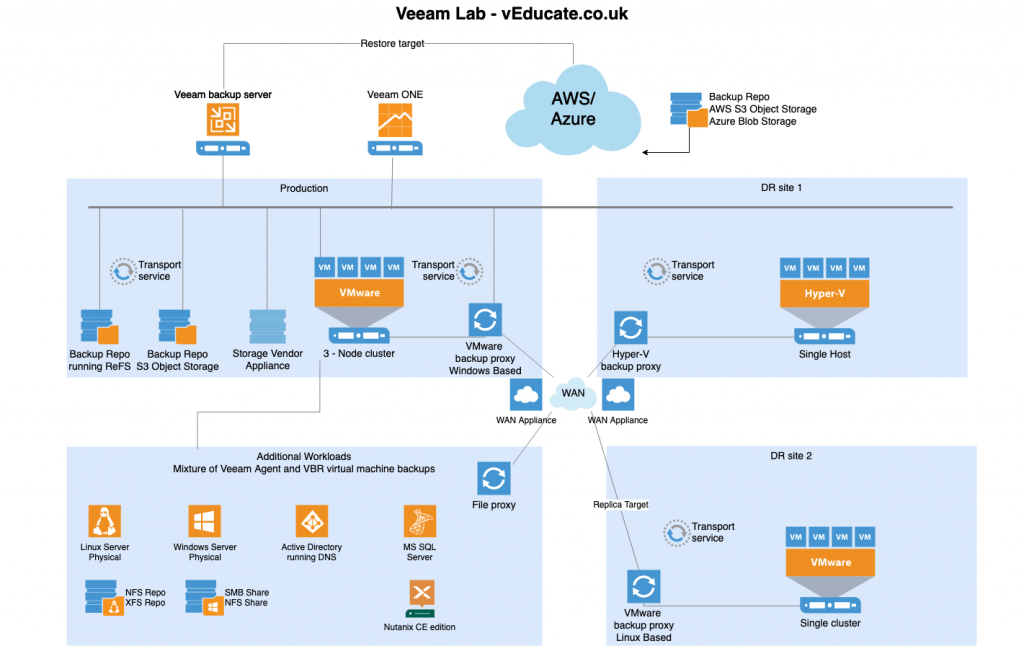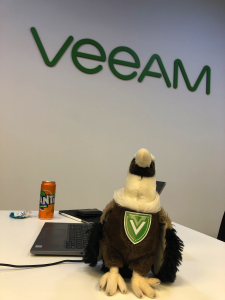The VMware Technical Account Management team have been producing some internal videos for a while now, to show off what we see in the field or tackle common issues, or discuss new technology.
Thanks to my earlier work creating a GUI with PowerShell, I was asked to present this internally.
Since then, we’ve taken TAMLAB public, thanks to the hard work of Steve Tilkens, so give our channel a follow, and you can see my recording below;
The purpose of TAM Lab is to provide in-depth technology workshop sessions led by VMware Technical Account Managers (TAMs) to enable a culture of learning and partnership across the VMware organization and our customers. TAM Lab provides a platform for all to be hands-on with VMware and non-VMware technologies that will enable a stronger customer delivery through product knowledge and a greater technical resource network. All TAM Lab sessions are recorded for the purpose of creating a reference library for on-demand learning and enablement.
Regards
Dean




